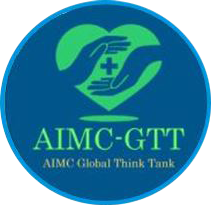Abstract
Background: Clinically relevant predictive biomarkers to tailor anti-angiogenic therapies to breast cancer (BRC) patient subpopulations are an unmet need.
Methods: We analyzed tumor vascular density and VEGFR2 protein expression in various subsets of primary human BRCs (186 females; Mean age: 59 years; range 33–88 years), using a tissue microarray. Discrete VEGFR2+ and CD34+ tumor vessels were manually scored in invasive ductal, lobular, mixed ductal-lobular and colloid (N = 139, 22, 18, 7) BRC cores.
Results: The observed CD34+ and VEGFR2+ tumor vascular counts in individual cases were heterogeneous. Mean CD34+ and VEGFR2+ tumor vessel counts were 11 and 3.4 per tumor TMA core respectively. Eighty-nine of 186 (48%) cases had >10 CD34+ tumor vessels, while 97/186 (52%) had fewer CD34+ vessels in each TMA core. Of 169 analyzable cores in the VEGFR2 stained TMA, 90 (53%) showed 1–5 VEGFR2+ tumor vessels/TMA core, while 42/169 (25%) cores had no detectable VEGFR2+ tumor vessels. Thirteen of 169 (8%) cases also showed tumor cell (cytoplasmic/membrane) expression of VEGFR2. Triple-negative breast cancers (TNBCs) appeared to be less vascular (Mean VD = 9.8, range 0–34) than other breast cancer subtypes. Overall, VEGFR2+ tumor vessel counts were significantly higher in HER2+ as compared to HR+ (p = 0.04) and TNBC (p = 0.02) tissues. Compared to HER2− cases, HER2+ breast cancers had higher VEGFR2+ tumor vessel counts (p = 0.007).
Conclusion: Characterization of pathologic angiogenesis in HER2+ breast cancer provides scientific rationale for future investigation of clinical activity of agents targeting the VEGF/VEGFR2 axis in this clinically aggressive breast cancer subtype.
Keywords: Breast cancer, HER2, Angiogenesis, VEGFR2, Ramucirumab, Antiangiogenic therapy
